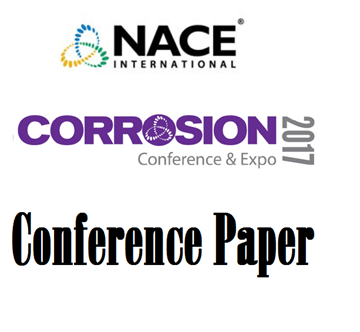Search
51316-7574-CP Effectiveness at Horizontal Directionally Drilled Crossings
Also Purchased
51318-11274-Research on Current and Potential Distribution of Horizontal Directional Drilling Pipeline
Product Number:
51318-11274-SG
Publication Date:
2018
$20.00
51317--9598-HDD Alternative Testing
Product Number:
51317--9598-SG
ISBN:
9598 2017 CP
Publication Date:
2017
$20.00
00761 DESIGN AND COATING SELECTION CONSIDERATIONS FOR SUCCESSFUL COMPLETION OF A HORIZONTAL DIRECTIONALLY DRILLED (HDD) CROSSING
Product Number:
51300-00761-SG
ISBN:
00761 2000 CP
$20.00




